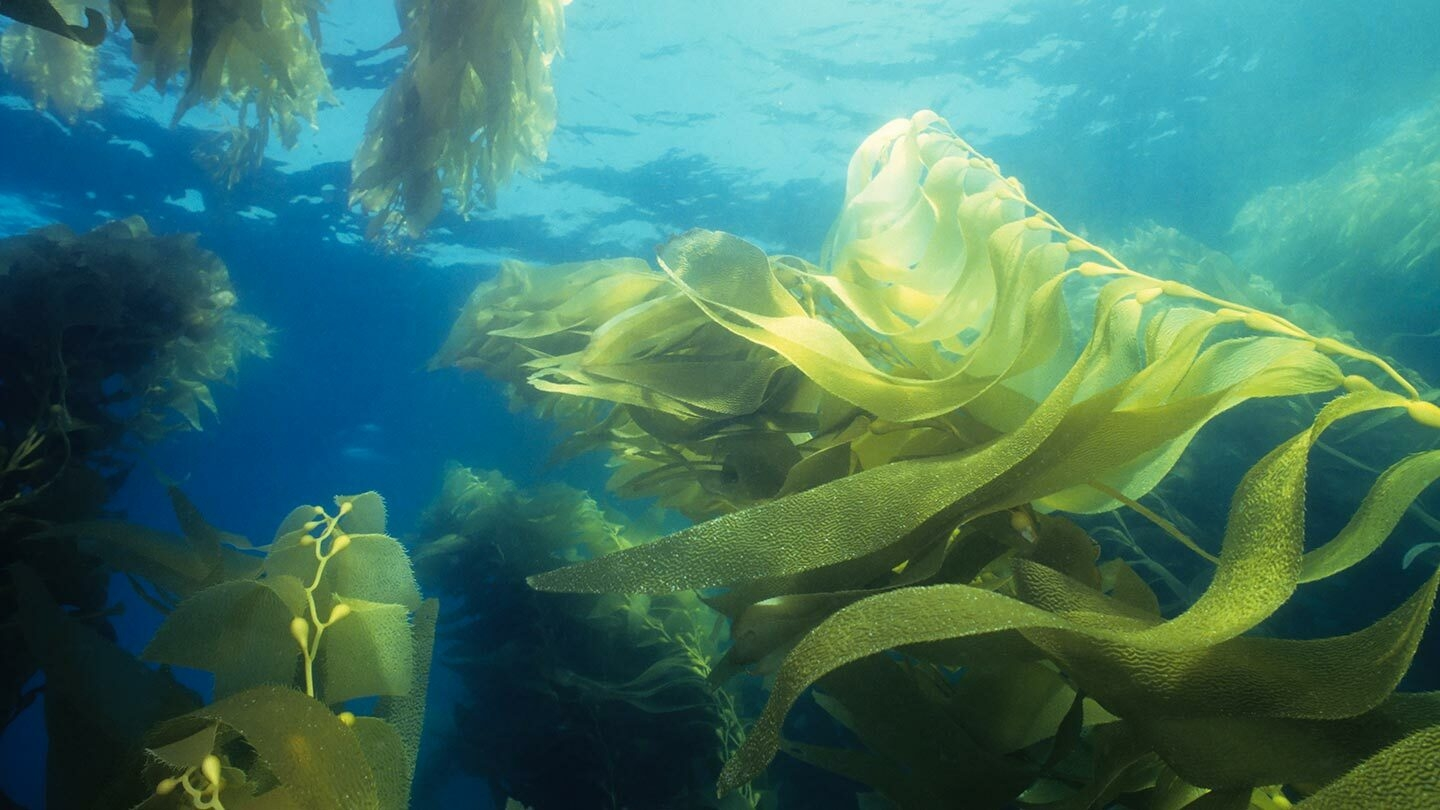Thalassotherapy comes from the Greek word "thalassa" meaning "sea". It refers to a variety of treatments that use saltwater and seaweed, each designed to cleanse, soothe and revitalise the skin and body, and, in some cases, to improve circulation and muscle tone. Other marine and ocean derivatives feature in thalassotherapy, too, including algae, mud and sand. All are cleaned and purified before use.
Thalassotherapy comes in various forms, and encompasses hydrotherapy, such as mineral-rich showers, seawater pools, and hydro-massage, and algotherapy, such as seaweed, algae or mud baths and wraps. Marine extracts can also be found in products used for facials, manicures and pedicures.
Although many spa treatments are available in UK spas, many die-hard thalassotherapy fans opt for sunnier climes - usually in the Mediterranean. Various destinations in Greece, France and Spain offer residential stays devoted to the art of thalassotherapy.
Different forms of thalassotherapy have different effects, helping you:
Thalassotherapy is also thought to help people with:
There is no scientific evidence for the efficacy of thalassotherapy, although many people give anecdotal evidence about how it has helped them.
It is important to tell your therapist if you are, or think you might be, pregnant, as some treatments are not suitable for you.
Any pre-thalassotherapy preparations depend entirely on your treatment, so speak to your therapist if you're unsure, but if you're having mud or algae treatments, it's a good idea to tie or pin your hair back.
If you've opted for a thalasso wrap, expect to be swathed in real seaweed or marine mud. You will probably be wrapped up from your toes to your chest, and your therapist will cover you with a thermal blanket to keep you warm. Before you start to feel like a dried old barnacle, your therapist will unravel you and massage your body to enhance circulation.
A thalassotherapy bath will involve a long soak in a tub filled with a warm, therapeutic solution. Your bath may be filled just with seawater, or with water and seaweed, algae, or mud, and essential oils may be added to the water for a relaxing aroma. Your therapist will run your bath, then will leave you to soak in private. A relaxing massage is a good add-on treatment, as your muscles will be warm and easier to manipulate after a warm soak.
Swimming in a seawater pool is gentle on your skin and hair as salt softens hard water, and little chlorine is needed to keep the pool hygienic. High-pressure jets of water can also be used as "hydro-massage" above or below the water line of the pool, massaging your body while you relax in the warmth of the water.
Seawater, or water enhanced with marine minerals, is sometimes used to supply therapeutic showers. These may be experience showers in a thermal suite, where various pressures and temperatures are used to recreate weather such as "sea mist" or "tropical rain", or Vichy showers, which are horizontal showers used in treatment rooms to shower off a scrub or body mask, without you having to get off your treatment table.
After a thalassotherapy spa, you'll probably feel refreshed and relaxed. However you feel, treat yourself to a long, rejuvenating shower in fresh water and take some time out to enjoy the oceanic serenity.
Spritz your hair with leave-in conditioner just before your treatment. This will help to protect it from seawater and sea air and stop it from becoming tangled and matted.

Summer Spy
16th May 2013
Spy Likes:
Warmth and sunshine; spas which take me away to another country; fruit infused waters; beach-worth pedicures; deep tissue massages.
Spy Dislikes:
High footfalls; treatments that over promise and under deliver; heavy lunches; loungers drapped in used towels.
